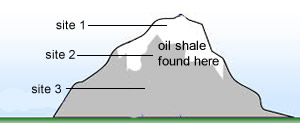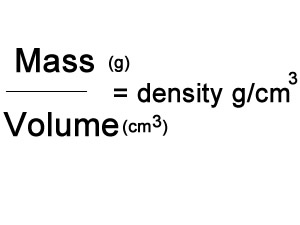
|
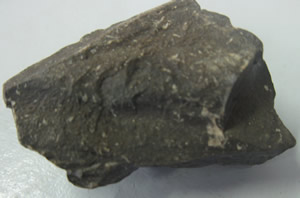
A geologist found a deposit of oil shale. A small sample was taken to determine the amount of oil contained in the rock.
The sample was weighed, as shown on the right.
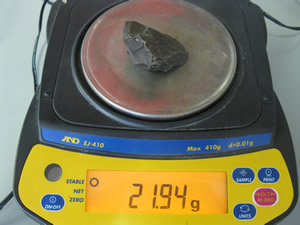
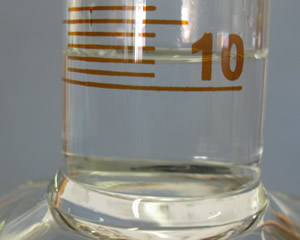
The graph on the right shows the relationship between the amount of oil (petroleum) per ton that can be obtained from a rock and its density.
Click to see a larger image of the graph and one that will enable your to read from the graph more accurately.
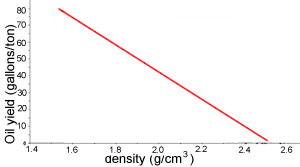
1) Calculate the density of the oil shale.
density (g/cm3) = 21.94 g / 12.0 cm3 = 1.83 g/cm3
2) Describe how the density of the rock and the amount of oil that can be obtained are related. Give a possible explanation for this relationship.
As the density increases the yield decreases. This is probably due to the fact that higher density rocks contain more minerals which are denser than organic matter and as so contain less organic matter.
Since the density is 1.83 we can read this off the graph. This gives a yield of approximately 63.5 gallons per ton of rock.
4) What is the amount of oil that theoretically can be produced from 80.0 tons of the this oil shale?
80 X 63.5 = 5080 gallons of oil
Convert to litres
The conversion is
1 gallon = 3.78541 litres
=> 5080 X 3.78541 = 19,223 litres of oil.

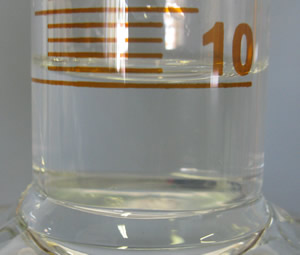
Three sites, deep below the mountain surface, from where samples were collected were marked on a map by the scientist. Locate the site where this rock sample could have been collected from and give a reason.
By calculating the density of this rock we can find out if it was found above, below or the same site as the oil shale.
Density = 30.21/10.20 = 2.96 g/cm3
Since this rock is denser than the oil shale it must have sunk below the less dense oil shale. So site 3 is the possible site.
